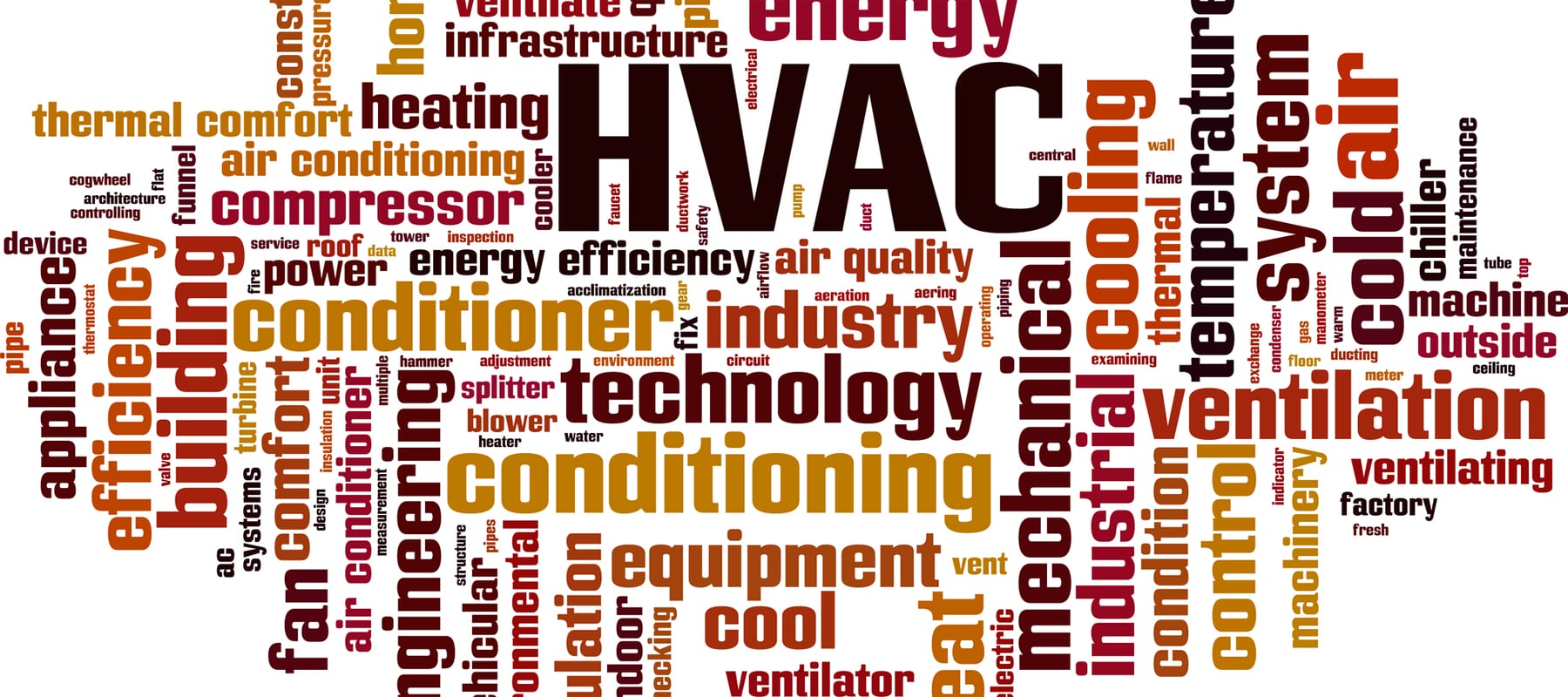How Much Does Panel Heating and Cooling Cost?
Last Updated: January 19, 2022
On This Page
Radiant heating systems deliver heat directly from warm surfaces to the people and objects in a room. Compare this to a forced-hot-air system that pumps heated air into rooms via vents and ductwork from a central furnace. One type of radiant heating system uses wall, floor, and ceiling-mounted panels to warm individual rooms to an occupant's preferred temperature. Although they typically run on electricity, radiant heat panels can also be powered by tubes carrying hot water (hydronic). In this buying guide you'll learn more about electric radiant heating, including how much it costs to install.
Types of Radiant Heating Panels: Ceiling, Floor, and Wall Mounted #
The three major types of radiant heat panels are described below:
Wall mounted radiant panel heating units have a slim, compact design and are available in numerous colors and designs, allowing you to match them with the interior décor. Because they can be hung at any wall height, these panels provide installation flexibility and offer maximum heating efficiency.
A ceiling panel system will be nearly invisible once you install it. Depending on ceiling height, however, the radiant heat given off by ceiling mounted panels may have to travel farther to heat the objects in the room. Furthermore, some people do not like being heated from the head and shoulders down.
Floor-mounted radiant heat panels function more or less like a space heater. These units are very convenient, as they can be moved around the room to provide warmth precisely where it's needed. Some floor-mounted panel heaters can additionally be mounted on the wall.
The Benefits of Radiant Panel Heaters #
A radiant panel heating system has a number of advantages over forced-air systems, including the following:
- Flexibility: Electric radiant heat panels can be used to provide supplemental heat to individual rooms or a home addition or spaced throughout the residence to provide a complete radiant heat system.
- Efficiency: Panel heaters allow warmth to be activated on demand, when, say, a person enters a room. Not only can energy savings result from this fast response time, but built-in thermostats cause the units to power down when the desired room temperature is reached.
- Air Quality: Radiant heat leads to better indoor air quality because it doesn't dry out breathing passages or stir up irritants such as dust and pollen.
Radiant Panel Heating Average Costs #
The actual cost of radiant heat panel systems depends on a number of factors, including the size and types of the units installed, whether they are electric or hyrdronic, your location, and more.
- While a typical 750 watt 2x4 electric radiant panel heating unit costs $150-$300, it's possible to pay $2,500 or more (5 x 4 ft., 4,800 watt unit with 16,000 BTUh capacity) for a large, 4,800 watt unit.
- Installation of heat panels can be minimal if they're simply plugged in, but will cost more if you tap into existing wiring. If you go this route, plan on $5 to $10 per square foot ($50 to $100 per unit), or $40 to $80 per hour or more for an electrician.
- Hyrdronic heat panels will cost roughly double what electric models do. Installation could be twice as much also. In fact, you'll need to hire a plumber or HVAC professional, which could run $50 to $70 per hour.
